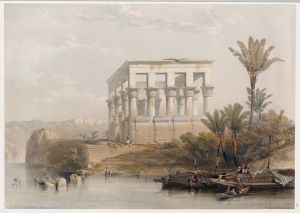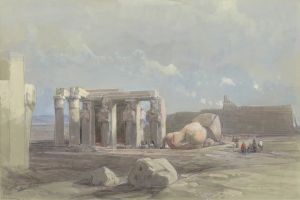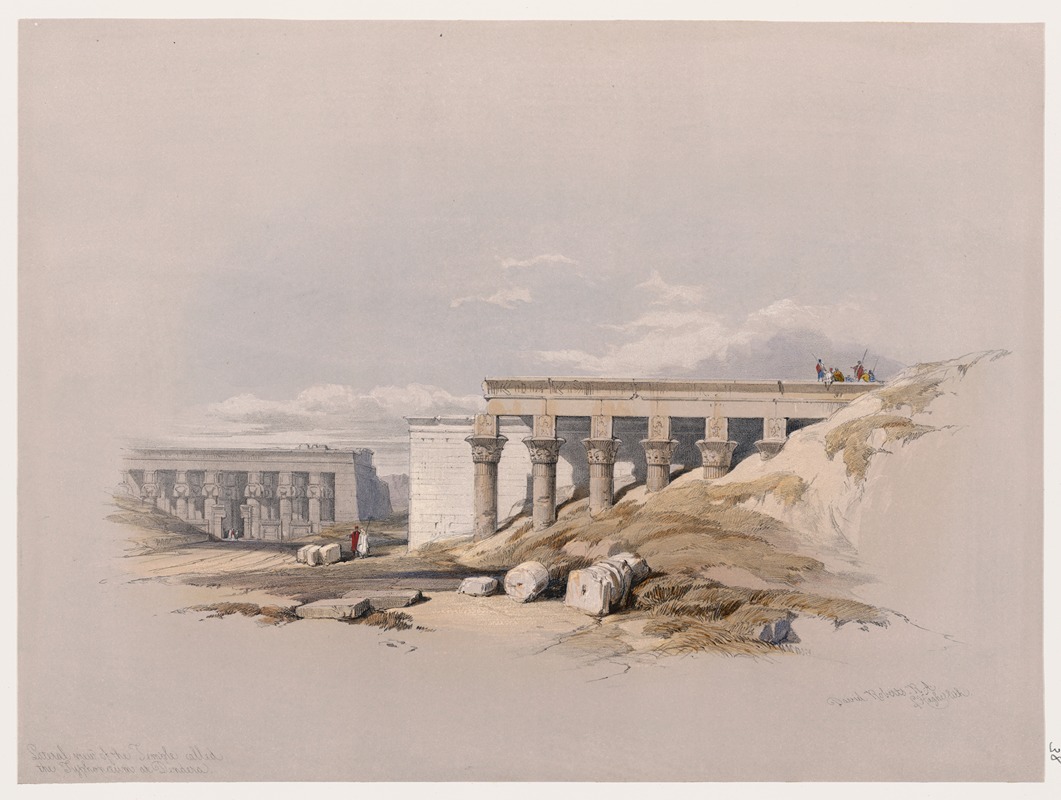
Lateral view of the temple called the Typhonæum, at Dendera [Dandara].
A hand-painted replica of David Roberts’s masterpiece Lateral view of the temple called the Typhonæum, at Dendera [Dandara]., meticulously crafted by professional artists to capture the true essence of the original. Each piece is created with museum-quality canvas and rare mineral pigments, carefully painted by experienced artists with delicate brushstrokes and rich, layered colors to perfectly recreate the texture of the original artwork. Unlike machine-printed reproductions, this hand-painted version brings the painting to life, infused with the artist’s emotions and skill in every stroke. Whether for personal collection or home decoration, it instantly elevates the artistic atmosphere of any space.
"Lateral view of the temple called the Typhonæum, at Dendera [Dandara]" is a painting by the renowned Scottish artist David Roberts. David Roberts (1796-1864) was a prominent painter known for his detailed and accurate depictions of architectural and historical sites, particularly in the Middle East and North Africa. His works are celebrated for their precision and artistic quality, often serving as valuable historical records of the locations he depicted.
This particular painting, created in the 19th century, portrays a lateral view of the Typhonæum, a structure within the temple complex at Dendera, Egypt. The Dendera Temple complex is one of the best-preserved temple sites from ancient Egypt, located about 2.5 kilometers southeast of Dendera, in Upper Egypt. The complex is primarily dedicated to Hathor, the ancient Egyptian goddess of love, beauty, music, and motherhood.
The Typhonæum, also known as the Mammisi, is a smaller temple within the Dendera complex. The term "Typhonæum" refers to a temple dedicated to Typhon, a Greek name for the Egyptian god Set, who was associated with chaos and storms. However, in the context of Dendera, the Mammisi is more accurately described as a birth house, a structure where the divine birth of the god Horus, son of Hathor, was celebrated.
Roberts' painting captures the architectural details and the grandeur of the Typhonæum. The lateral view allows viewers to appreciate the intricate carvings and the overall structure of the temple. The painting is characterized by Roberts' meticulous attention to detail, which includes the depiction of hieroglyphics and the reliefs that adorn the temple walls. These elements are crucial for understanding the religious and cultural significance of the site.
David Roberts traveled extensively in the Middle East and Egypt between 1838 and 1839. His journey was part of a larger trend during the 19th century when European artists and scholars showed a keen interest in the ancient civilizations of the region. Roberts' works from this period were later published in a series of lithographs, which became highly influential in shaping Western perceptions of the Middle East and its ancient heritage.
The painting "Lateral view of the temple called the Typhonæum, at Dendera [Dandara]" is not only an artistic achievement but also an important historical document. It provides insight into the architectural splendor of ancient Egyptian temples and the religious practices associated with them. Roberts' ability to capture the essence of these ancient structures has made his works invaluable to both art historians and Egyptologists.
In summary, David Roberts' painting of the Typhonæum at Dendera is a significant piece of art that offers a detailed and accurate representation of one of ancient Egypt's important religious sites. Through his work, Roberts has contributed to the preservation and appreciation of Egypt's rich cultural and architectural heritage.





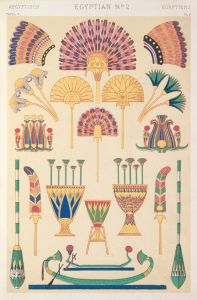
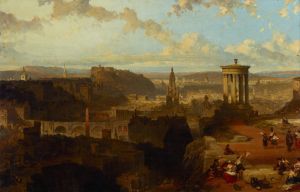
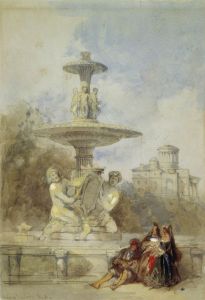
![Colossus in front of Temple of Wady Saboua [Wadi al-Sabua], Nubia.](/imgs/217471/s/david-roberts-colossus-in-front-of-temple-of-wady-saboua-wadi-alsabua-nubia-503a97c9.jpg)
![Excavated Temple of Gyrshe [Gerf Hussein], Nubia.](/imgs/217480/s/david-roberts-excavated-temple-of-gyrshe-gerf-hussein-nubia-fb4767b0.jpg)
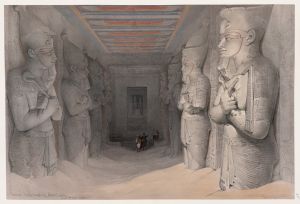
![Portico of the Temple of Kalabshi [Kalâbishah].](/imgs/217528/s/david-roberts-portico-of-the-temple-of-kalabshi-kalabishah-3a295995.jpg)
![Temple of Isis on the roof of the great temple of Dendera [Dandara].](/imgs/217547/s/david-roberts-temple-of-isis-on-the-roof-of-the-great-temple-of-dendera-dandara-fd95528e.jpg)
![Temple of Wady Saboua [Wadi al-Sabua], Nubia.](/imgs/217551/s/david-roberts-temple-of-wady-saboua-wadi-alsabua-nubia-52e62db.jpg)
